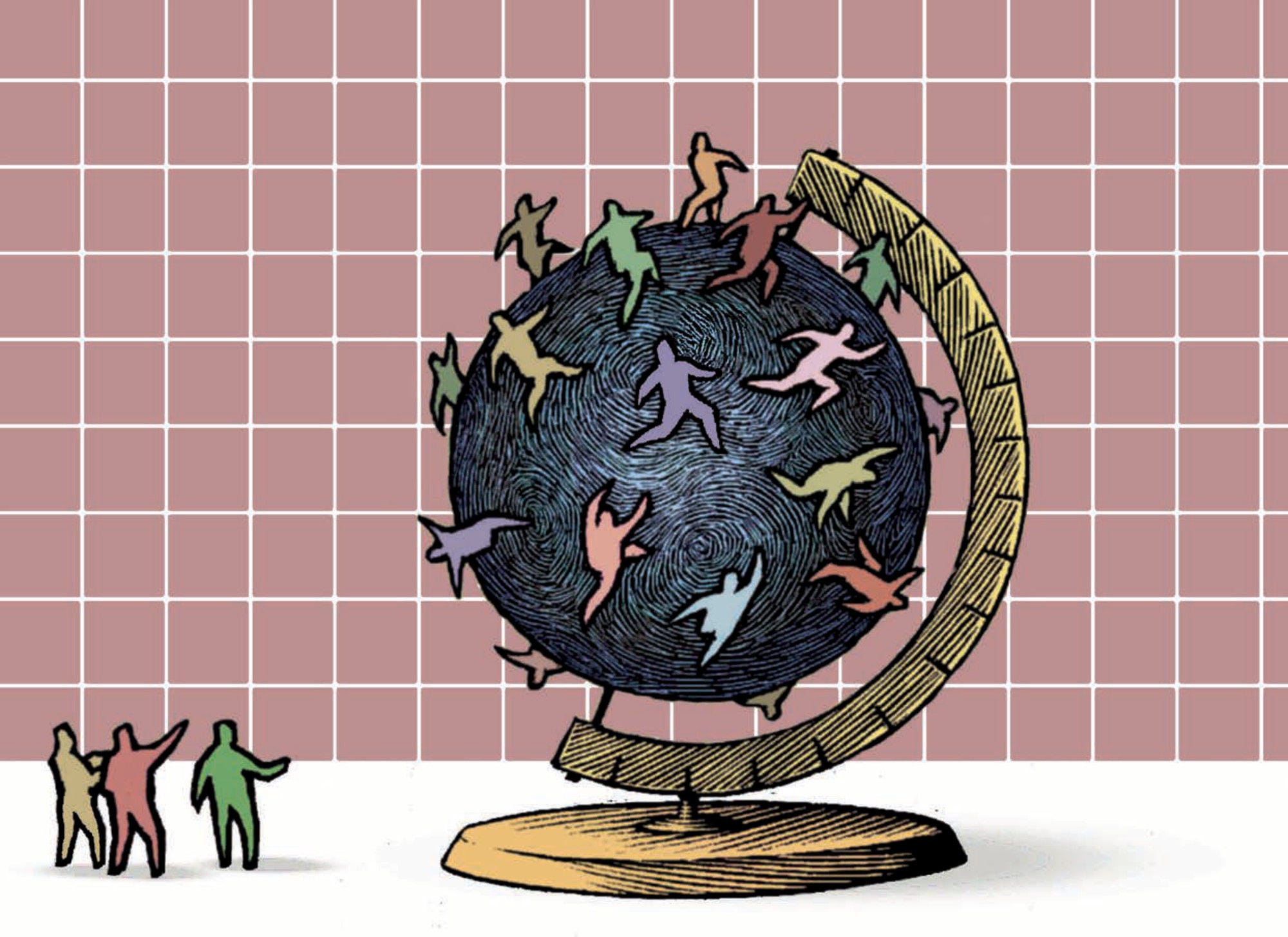In 2017, Korea received 66 000 new immigrants on a long-term or permanent basis (including changes of status), ‑0.6% compared to 2016. This figure comprises 0.8% labour migrants, 20.1% family members (including accompanying family) and 0.5% humanitarian migrants.
Around 28 000 permits were issued to tertiary-level international students and 120 000 to temporary and seasonal labour migrants and trainees.
China, Thailand and Viet Nam were the top three nationalities of newcomers in 2017. Among the top 15 countries of origin, Thailand registered the strongest increase (43 000) and China the largest decrease (‑8 600) in flows to Korea compared to the previous year.
In 2018, the number of first asylum applicants increased by 62%, to reach around 16 000. The majority of applicants come from Kazakhstan (2 500), Russia (1 900) and Malaysia (1 200). The largest increase since 2017 concerned nationals of Kazakhstan (1 300) and the largest decrease, nationals of China (‑200). Of the 5 900 decisions taken in 2018, 11% were positive.
Emigration of Koreans to OECD countries increased by 1.5% to 73 000. Approximately 38.1% of this group migrated to Japan, 26.1% to the United States and 11.1% to Germany.
A new system for issuing the D‑10 job-search visa to professionals and persons seeking professional employment was implemented in 2018, creating a points system for attributing the visa. The visa can be obtained by i) a previous employee of a listed Fortune Global 500 company for more than one of the last three years; (ii) recent (within past three years) graduates of a Top 200 university listed on the Times’ Higher Education World University Rankings; or (iii) recent (within past three years) graduates of a Korean community college or higher-level education institution. The D‑10, previously only available in-country, is now available to applicants from abroad. Validity is one to two years, according to the professional level.
The quotas for entries of temporary foreign workers under the E‑9 programme for low-skilled work are organised into new workers and returning workers categories and are divided up by sectors of employment. New worker quotas totalled 45 000 in 2018 and 43 000 in 2019. The quota of returning workers – for a second five-year contract – was 11 000 in 2018 and 13 000 in 2019. The main sector of employment remains manufacturing, which accounts for about two-thirds of the allotment of new foreign workers. In 2018, efforts to support the return of E‑9 workers were increased through closer pre-return follow up by HRD Korea, the programme administrator.
A pilot programme for seasonal workers in rural areas – sponsored by family members in Korea or by municipalities – was introduced in 2015 and became a regular programme in 2018.
An increase in the national minimum wage in 2018 appears to have affected demand for foreign workers in the regular programme as well as the number of foreigners who overstayed their visas or otherwise violated their conditions of stay and were illegally employed. In mid‑2018, the Ministry of Justice estimated about 323 000 irregular foreigners in Korea, 42% more than one year earlier. Most irregular residents are overstaying tourists and short-term visitors.
In 2018, a number of Yemeni nationals took advantage of visa-free access to Jeju Island to arrive from Malaysia and lodge asylum claims. The number of applicants exceeded 550. In June 2018, the Korean Immigration Service struck Yemen from its list of visa waiver countries; other countries were also withdrawn in August. Applicants were allowed to remain on the island and seek employment in fisheries and the hospitality sector. Most eventually received one-year humanitarian stay permits. The Korean Ministry of Justice is considering changes to the Refugee Status Determination process to increase capacity, accelerate decisions and review status periodically.
For further information
www.eps.go.kr
www.immigration.go.kr
www.kostat.go.kr
